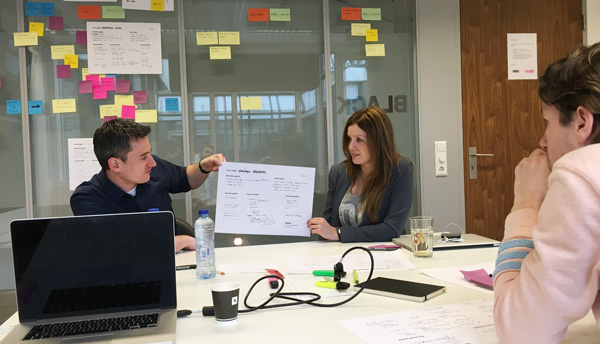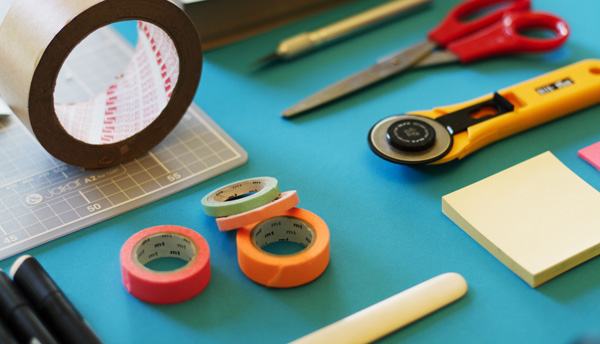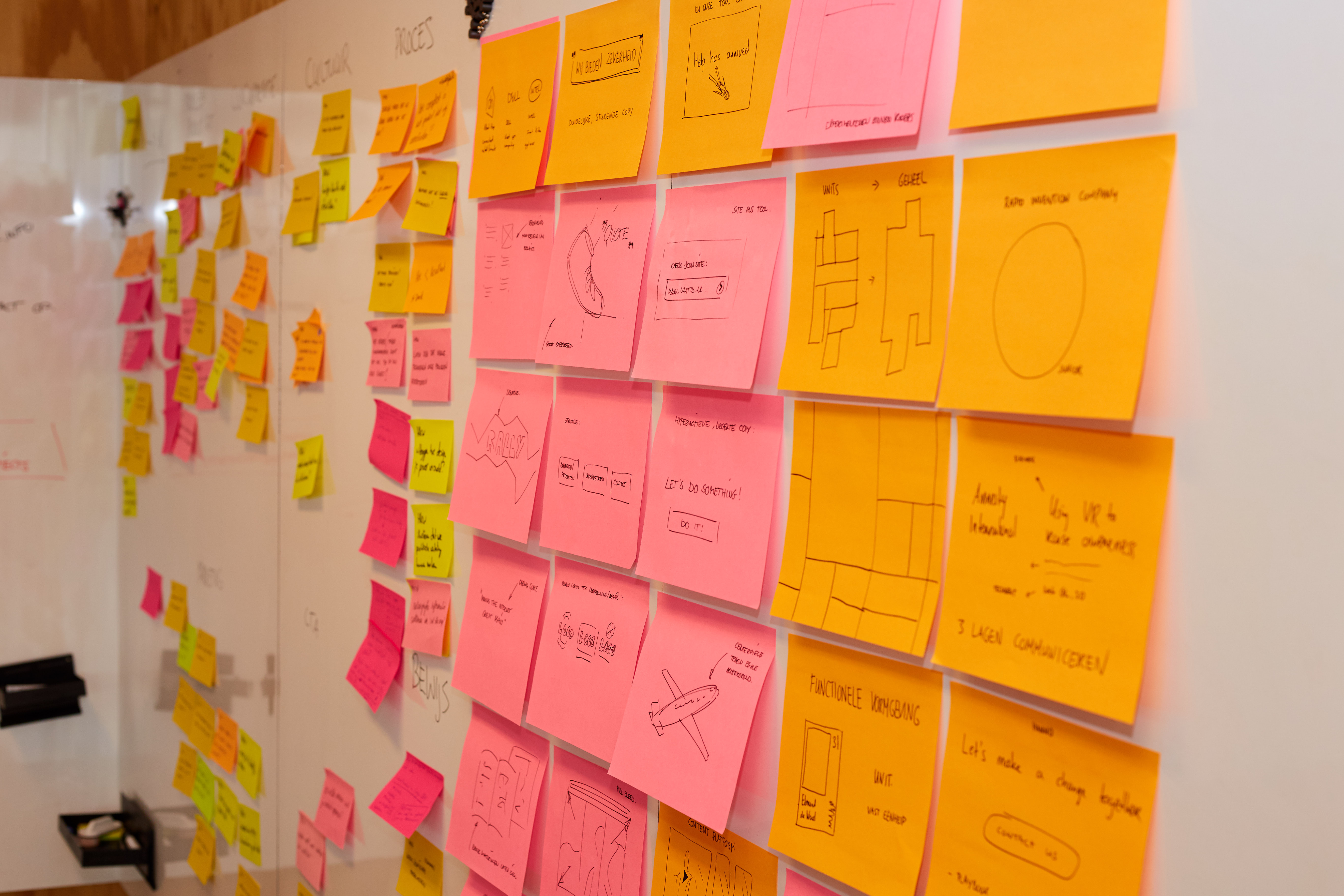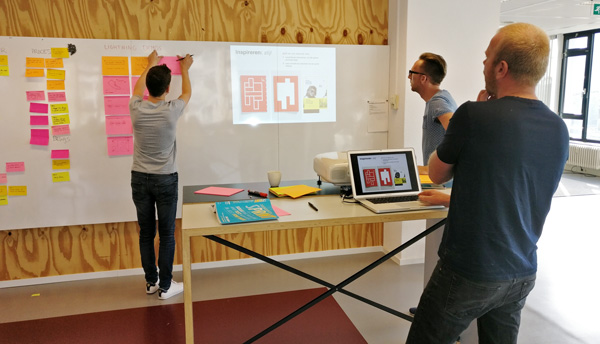After reading Erik’s article on Frankwatching you’re probably in the mood to try out a design sprint yourself. If so, you should have a look at the checklist below. It’s really helpful when you organize your first sprint. The list has been developed throughout the 20 sprints we did with clients over the last year.
That sprint method, refresh my memory please?
The sprint method is a way to validate your idea within 5 days. Therefore you make use of a prototype. This is how it works: on Monday you identify the problem, on Tuesday you come up with solutions, on Wednesday you pick the best solutions, on Thursday you make a prototype and Friday is all about testing.
Jake Knapp, John Zeratsky and Braden Kowitz have thoroughly described the method in their book ‘Sprint’. Our main advice is to read that book before you get started. It‘ll save you a lot of time and frustration.
In addition you can use this checklist:
Check 1: does the sprint method fit your problem?

The sprint method is awesome if you quickly want to realise a new digital product or feature. However, sometimes it’s better to choose another method:
The product’s use is entirely clear
It’s not always necessary to explore different paths to a solution. Sometimes everyone can just get started right away. In that case you can forget about the design sprint method.
A lot of research is needed
During a sprint, time for research is very limited. So if you already know that you need a lot of data to create a useful prototype, it’s better to do extensive research first.
The project scope is too big or too small
If you want to develop a complete product, or if you just want to make a few adjustments, it’s probably better to start a regular project.
You are in need of a working product
During a sprint you make a prototype that you dispose of afterwards. The goal is to learn, not to produce. Before you get started, it’s important that all team members and stakeholders realize this.
Check 2: do you have the right people?
Team
3 disciplines are definitely needed in a sprint team:
- The Decider brings domain knowledge, makes decisions and directs the project in the right direction. Normally, he or she is a Product Owner, Product Manager or – in a small organization – a Director. Pick one Decider for your sprint. Choosing more Deciders will get you in trouble.
- The Prototyper makes the prototype. He or she is familiar with modern tools like InVision, Principal and Sketch. Usually, the Prototyper is working as UX / UI Designer or as Front End Developer. In order to keep up pace, we usually have 2 Prototypers in a sprint. Sometimes even more.
- The Facilitator takes care of a smooth process. He or she knows the ‘Sprint’ book from A to Z and he or she usually works as Project Manager or Scrum Master. Don’t you have a Facilitator available? Hire one for this project.
Experts
Are many stakeholders involved in your project? Give them a spot in the ‘expert panel’ that you will interview on Monday. Also invite them for the test on Friday, so they can see for themselves how people react to the solutions you came up with.
Respondents
Take your time to arrange respondents for your test on Friday. 2 weeks should be fine. Create a schedule and keep a 15 minute margin after each interview.
| Time | Respondent |
| 9:30-10:15 | Marieke (43, Analyst) |
| 10:30-11:15 | Alper (40, Entrepreneur) |
| 11:30-12:15 | Gert-Jan (46, Manager) |
| 12:30-13:00 | Lunch |
| 13:00-13:45 | Lieke (38, Mother) |
| 14:00-14:45 | Alya (36, Tester) |
| 15:00-15:45 | Hugo (52, Policy employee) |
| 16:00-17:00 | Wrap-up |
There are agencies that can help you find the right respondents, if you’re having trouble with that. These agencies can also take care of making appointments and rewarding the respondents.
Check 3: do you have the right tools?

Facilitating a sprint is not difficult if you are well prepared. Make sure you have:
A workspace from Monday till Friday
Book a workspace that you don’t have to leave for 5 days. Find a place with enough workplaces for everyone, whiteboards (with Magic Whiteboards you can turn every wall into a whiteboard!), enough daylight and fresh air. Make sure that all the things you need are ready before you get started:
- A3 and A4 paper
- Post-its in different colors
- Whiteboard markers in different colors
- Markers (we are big fans of Sharpie markers)
- Large and small round stickers
- A Time Timer
Do you frequently work with sprints? Then make a special ‘sprint suitcase’, in which you collect the stuff above. By using a suitcase you don’t have to collect everything over and over again.
A test room for Friday
Arrange a test room near the workspace: a long cable should fit between the two rooms. The room has to be big enough for both a respondent and a tester. Besides that it has to be easy to build up a simple test setup.
Get started
Sprints, we like them a lot! We hope you do too after reading this article. If you have any questions or would like to use our expertise for your own sprint, feel free to email us at martijn@unitid.nl
This article was published earlier on the Dutch website Frankwatching.








